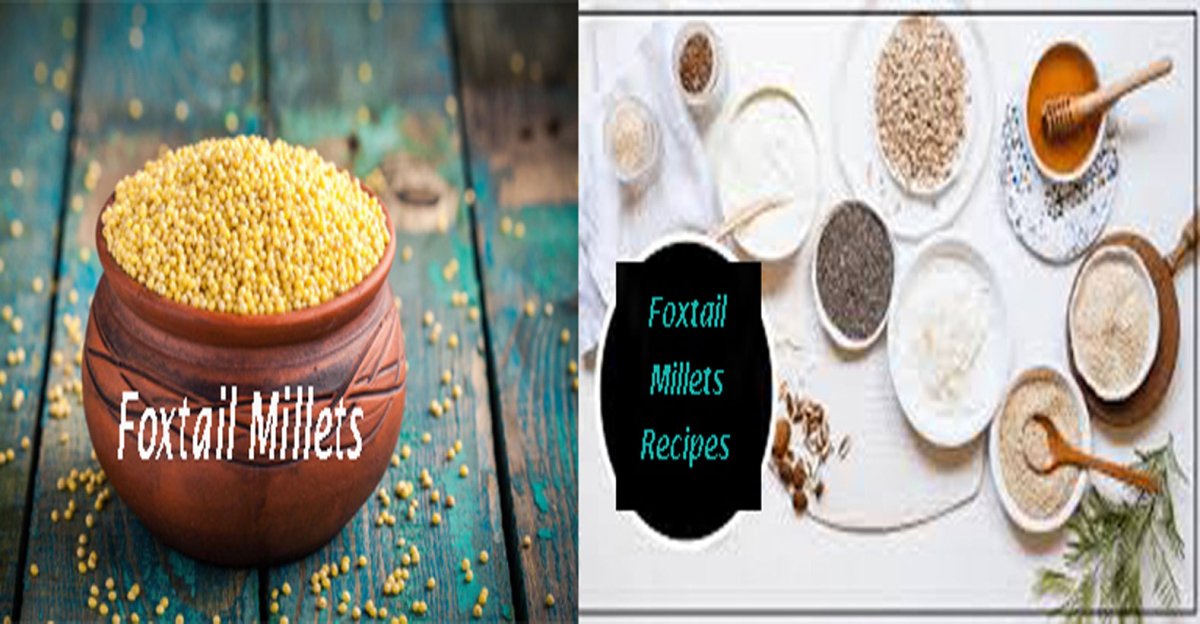What is Foxtail Millets?
Foxtail millets is also known as Setaria Italica in the scientific community is a plant grown annually for human consumption. It is the second most popular kind of millet and the most widely grown kind in Asia. the plant is slender and leafy in appearance and grows to a height of 120cms. The seeds are enclosed within a pulpy cover which is exposed in mild threshing. It has different names in different languages but the foxtail millet in telugu is called korralu. The names of foxtail millets near me will not confuse me if I know how it looks. So make sure you have an understanding of how it appears in stores.

Nutritional Values of Foxtail Millets:
Nutritional values is something that has been a source of healthy conversation amongst nutritionists. A 100 gram serving of Setaria Italica contains 11.2g of protein and 4 g of fat along with 63 grams of carbohydrate. Apart from basic nutrients that our body needs the foxtail millet nutrients has in its fold essential amino acids like leucine, isoleucine threonine and niacin which help in recovery of muscles after an intense workout.

Health Benefits of Foxtail Millet:
There are many benefits of Foxtail Millets and they are as follows:
- Apart from having a high calorific value this food grain also helps in the smooth functioning of our heart. The presence of vitamin B1 helps in the formation of a neurotransmitter that conducts the passage of messages from the brain to the muscles seamlessly. A lot of people with cardiac issues have depleted vitamin B1 reserves in their body
- The presence of Vitamin B1 also prevents the onset or slows the process of Alzheimer’s
- Kangni or Foxtail Millet in Hindi is also called the morale vitamin in the nutritionists’ community because of its ever deepening positive impact on our memory and how it accentuates our abilities of concentration. There are known recoveries from Bell’s Palsy and multiple sclerosis.
- There are antioxidants present in this food grain which helps in dealing with wrinkles on skin and curbs an anomalous aging process which have an adverse effect on our internal organs.
- The presence of iron in the millets help in proper functioning of muscles and delivery of optimum amount of oxygen in it which further prevents anemia. Iron also helps in replenishing oxygen in our brain without which dementia and further complications can set in.
- The presence of protein is a blessing in any food. Apart from traditional muscle building functions protein also keeps the health of our hair intact and the collagen in protein fortify our skin tissues that prevents skin ageing.
- Traditionally the seed has been used to boost virility in human beings and treat high temperatures and cholera.

Cooking Tips:
Different cultures use the millets in different ways. In places like North Africa this is used as a staple food. In some places the seeds are processed into flour and turned into porridges and bread. This flour is also made into noodles. In places like Northern China it is eaten in combination with other pulses. China also makes use of this as an ingredient for wine and vinegar. In Russia as well it is used to manufacture beer and alcohol. Irrespective of what foxtail millet recipes that you stick to, you are sure to have some benefits out of it.

Side Effects of Foxtail Millets:
There are no clinically proven adverse effects of the millets however, one needs to make sure that this is consumed in moderation. The phytic acid content should be minimized at all costs and people who are sensitive to allergies should have a talk with their physician. If one takes into consideration the foxtail millet benefits and side effects, he will conclude that the foxtail millet benefits outweigh the adverse effects.













